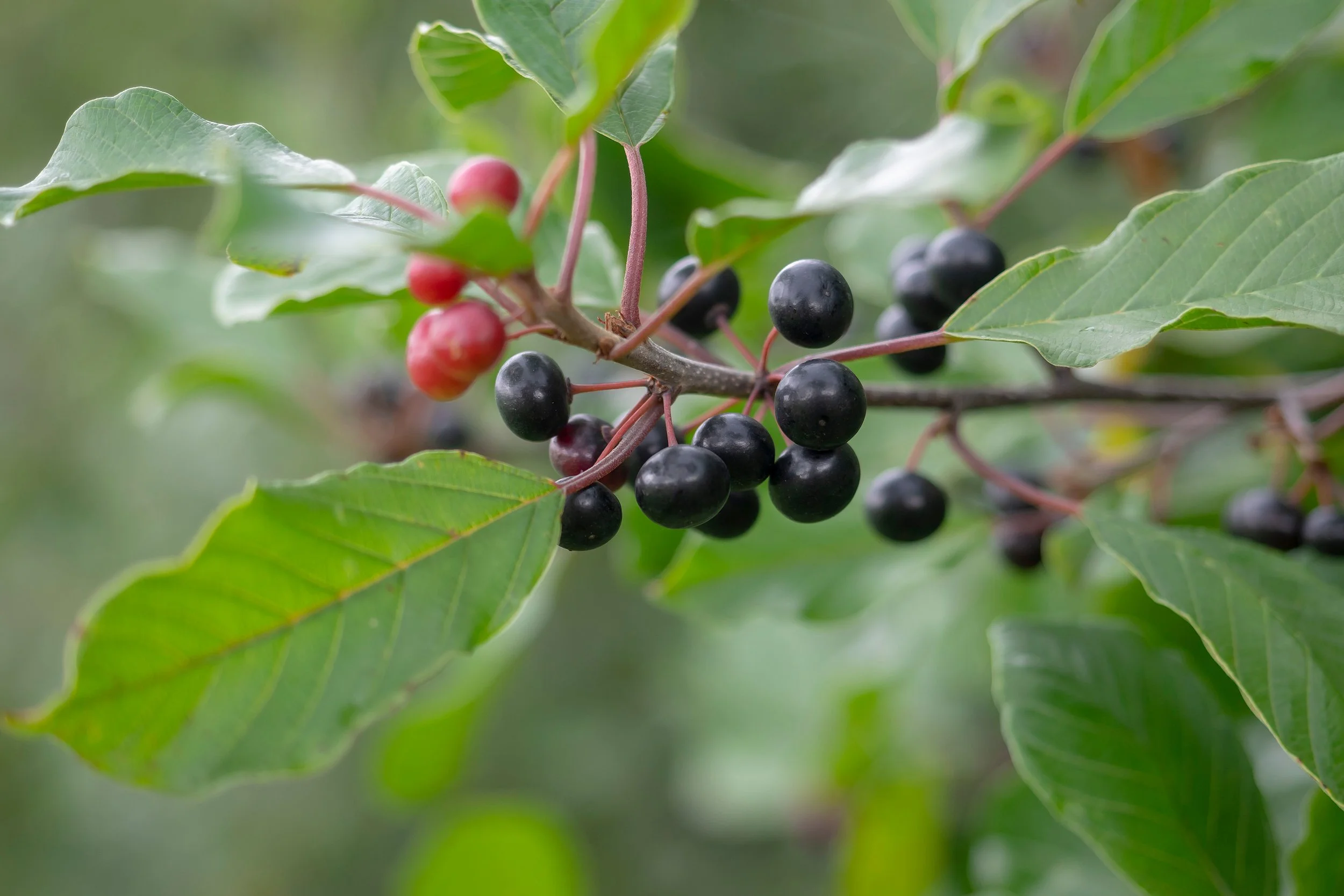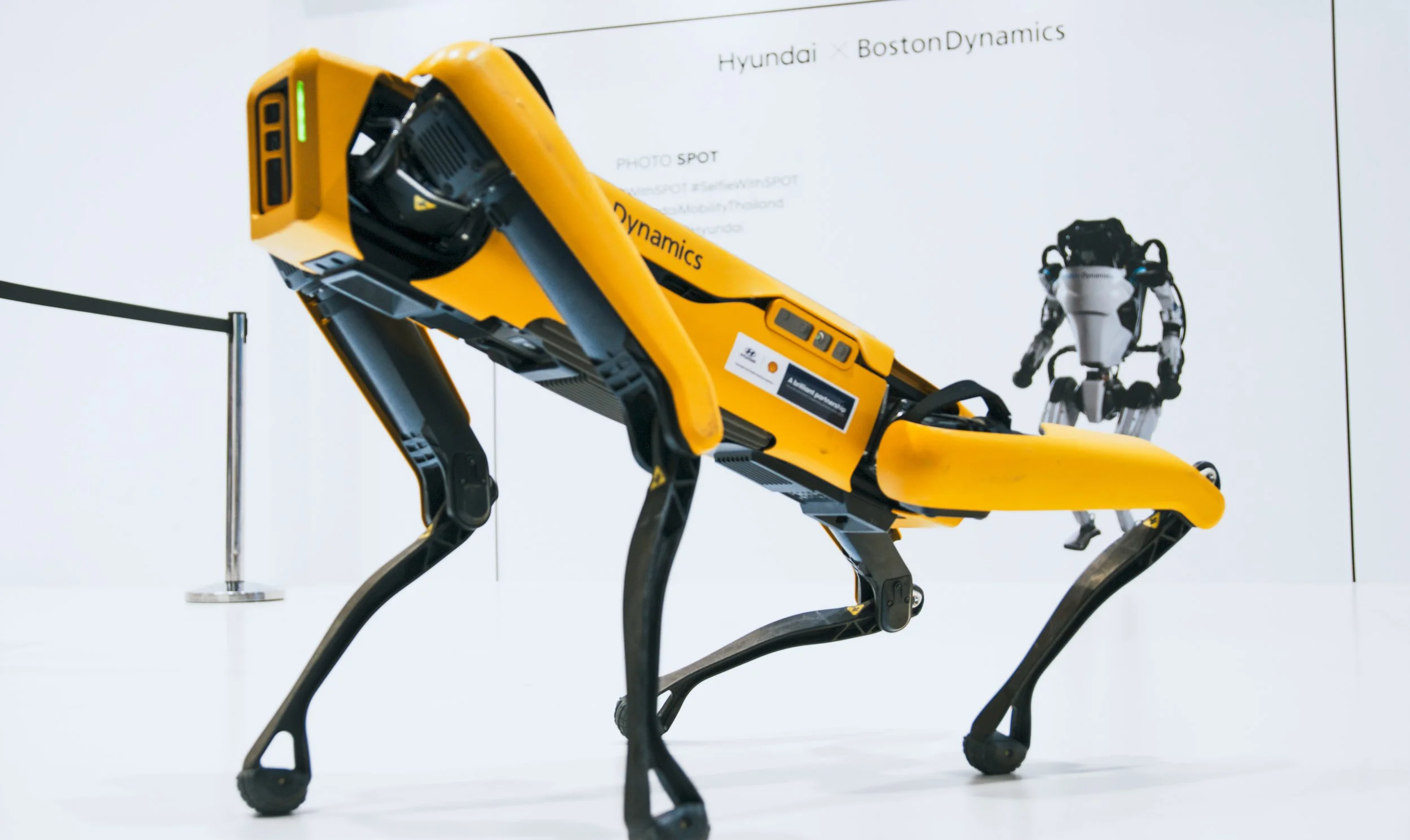
Ticks and their invasive habitats
Ticks thrive in dense, humid habitats - often created by invasive plants like Japanese barberry, honeysuckles, and buckthorn. Early detection of tick population surges is difficult; risk often becomes apparent only after human or animal infections are reported, by which point localized tick densities may already be high. For these reasons, we’re deploying quadruped robots to locate invasive plants, and geotag them for removal, all the while physically aggregating ticks on the robot for non-chemical removal and research.
Keep an eye out
Surveying your land for invasive plants like barberry, honeysuckle and buckthorn is the first step in protecting forest health and reducing tick-borne disease risks. These species spread quickly, outcompete native plants, and become harder and costlier to control if left unchecked. By identifying and mapping infestations early, landowners can take proactive steps to keep their woods healthy and their communities safe.
-

Japanese Barberry
Berberis thunbergii
Japanese barberry is a thorny shrub that thrives in shaded woodlands, forest edges, and disturbed soils. It prefers well-drained soil but can tolerate a wide range of conditions, from full sun to deep shade. Its dense growth creates humid microclimates ideal for ticks, making it a public health concern as well as an ecological one. Look for small oval leaves that turn red in fall, bright red berries hanging under the branches, and sharp spines along the stems.
-

Honeysuckle
Lonicera morrowii
Morrow’s honeysuckle is a fast-growing shrub that thrives in sunny edges, old fields, and disturbed sites, though it also does well in shaded forests. It spreads quickly, forming dense stands that shade out native plants. In spring, look for pairs of opposite oval leaves and tubular white flowers that turn yellow with age. Later in the season, it produces clusters of red berries. Its hollow stems are another giveaway when cut. Like barberry and buckthorn, dense honeysuckle thickets are strongly associated with elevated tick populations.
-

Buckthorn
Rhamnus cathartica
Common buckthorn is a hardy invasive shrub or small tree that flourishes in prairies, wetlands, open woodlands, and roadsides. It tolerates poor soils and outcompetes native plants by leafing out early in spring and holding leaves late into fall. Identifying features include dull green, oval leaves with distinct veins curving toward the tip, clusters of black berries in late summer and fall, and gray-brown bark with prominent lenticels (raised spots). Its dense thickets degrade wildlife habitat and promote tick activity.
Robotics upcycling
This fall, our quadruped robots will be working in Maine to help locate and upcycle invasive plants while reducing tick habitat. Sign up below to learn more and be part of this first-of-its-kind effort.

